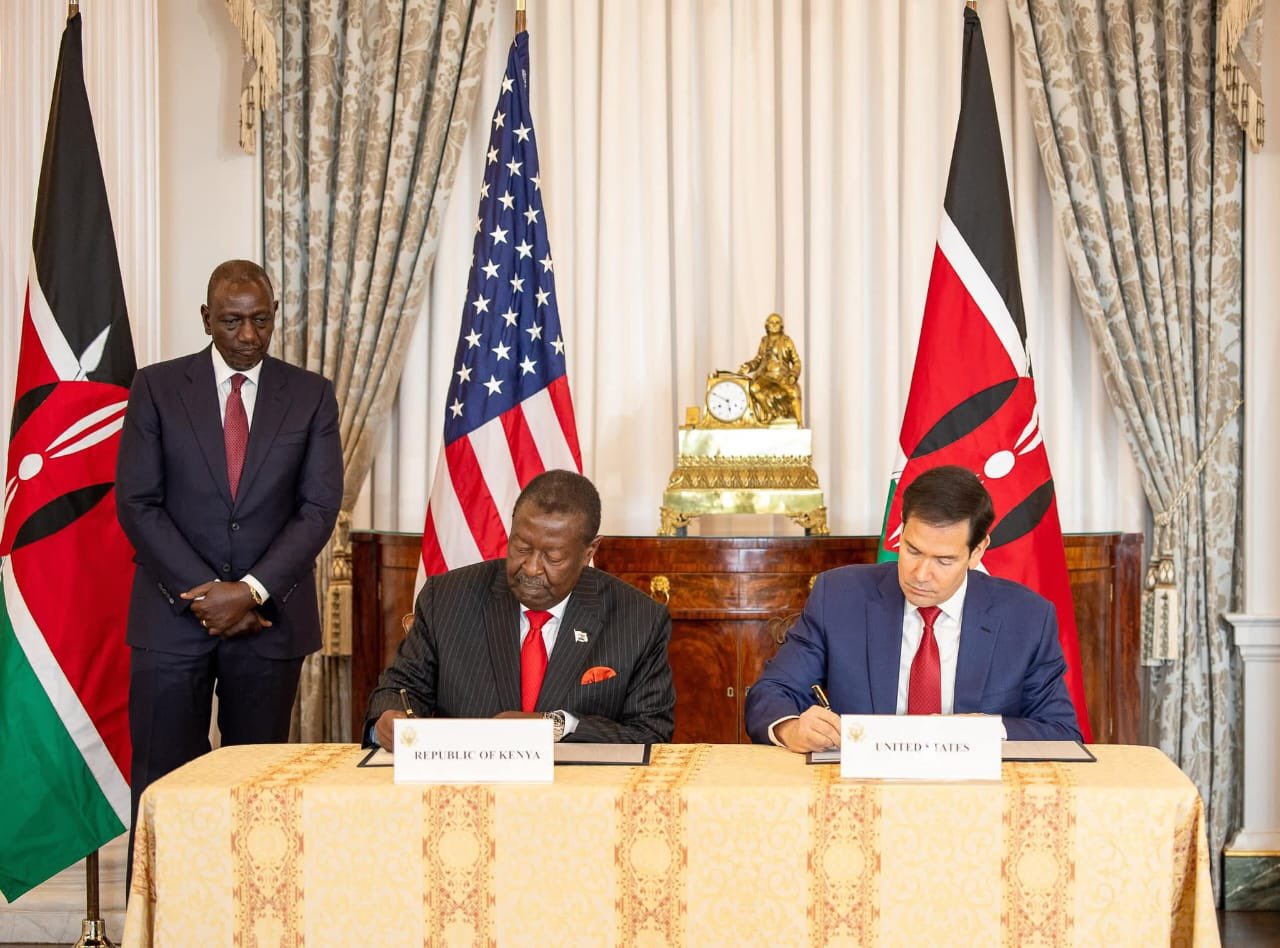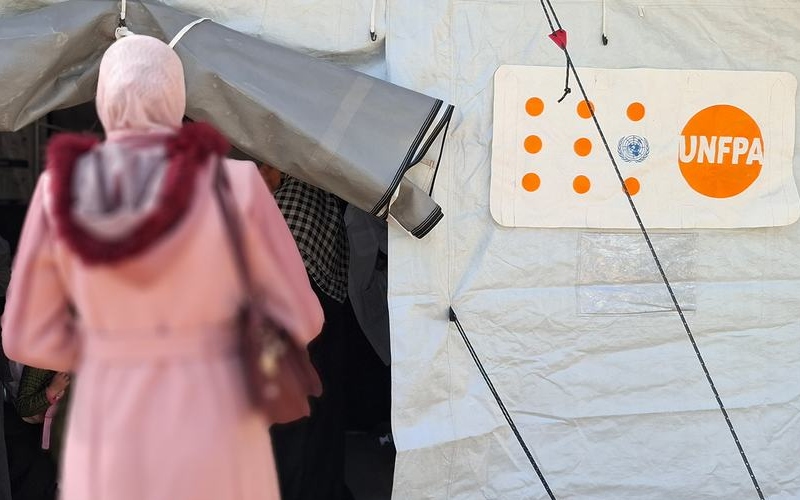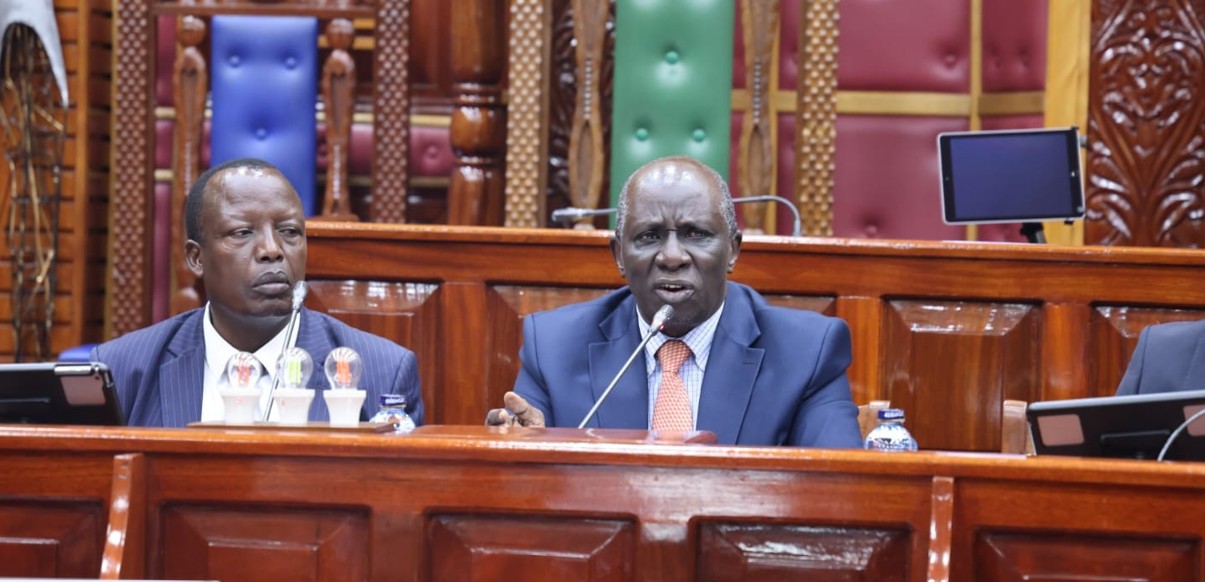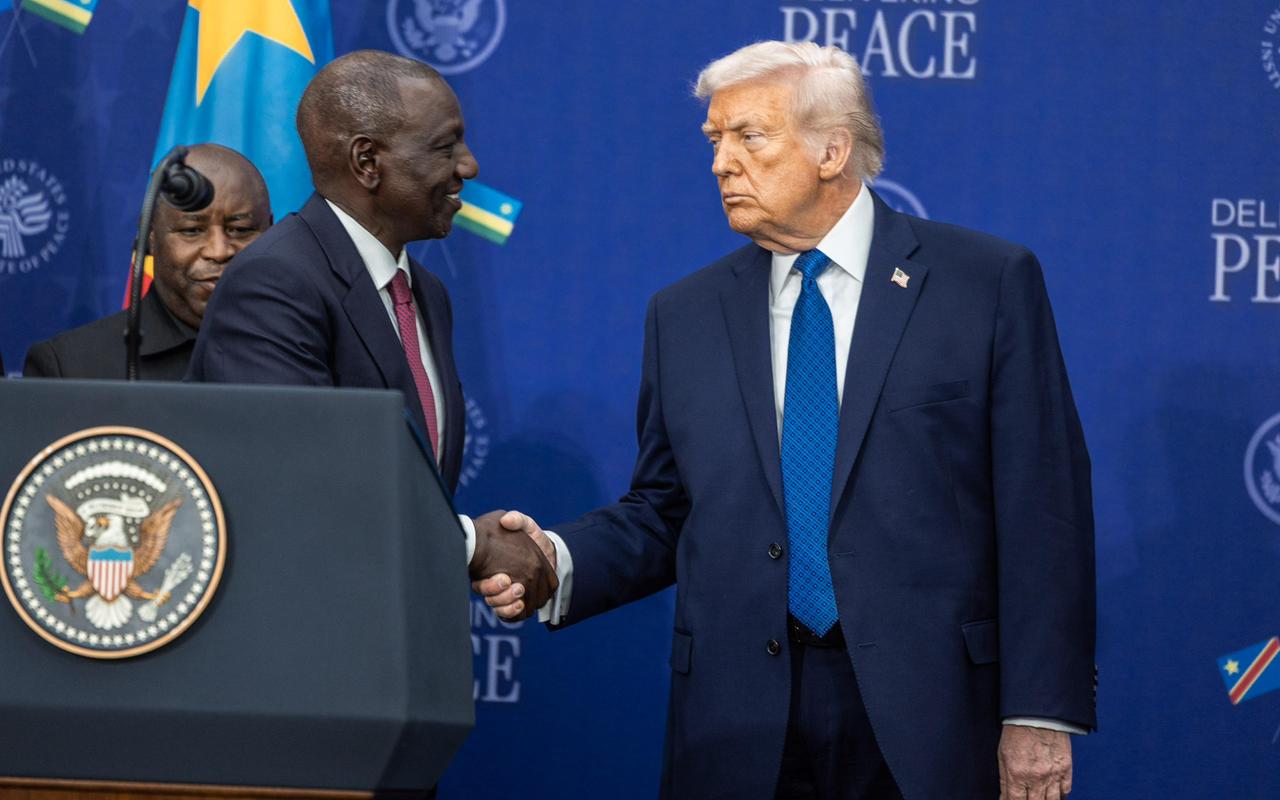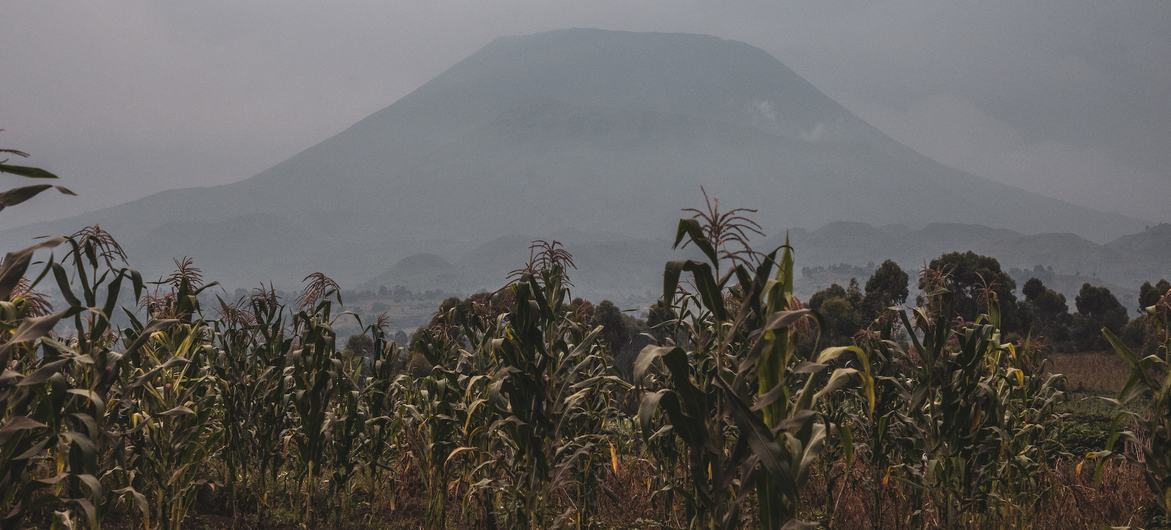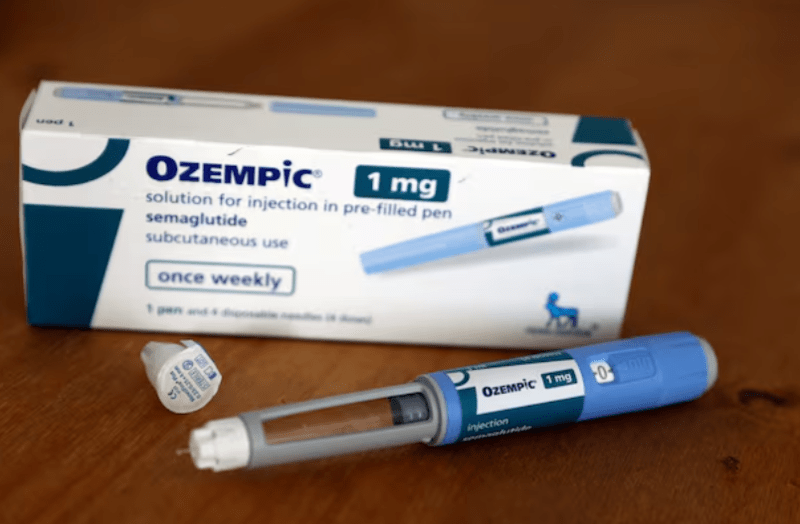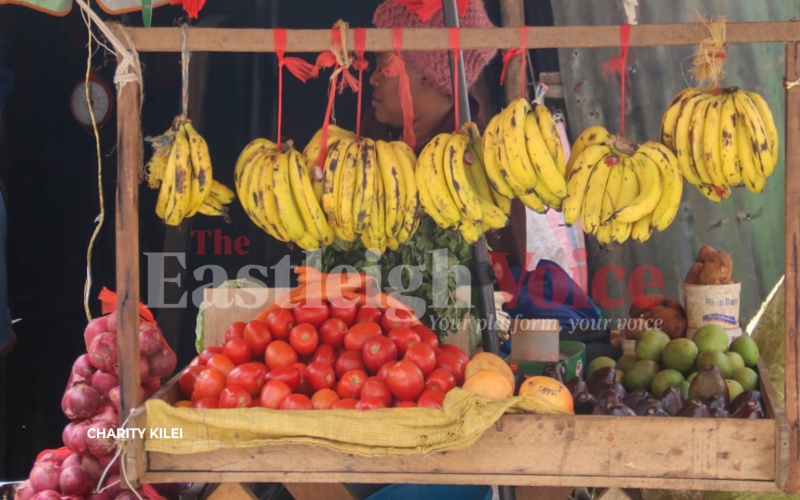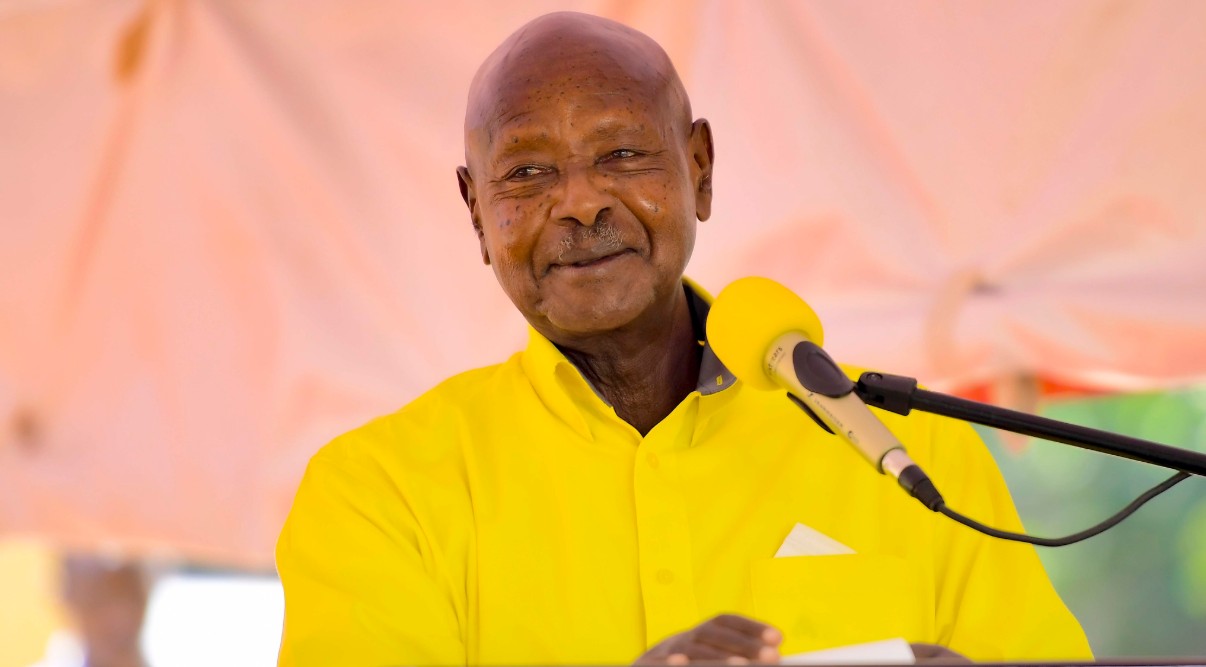Pneumonia crisis in Kenya: Thousands of children at risk in informal settlements
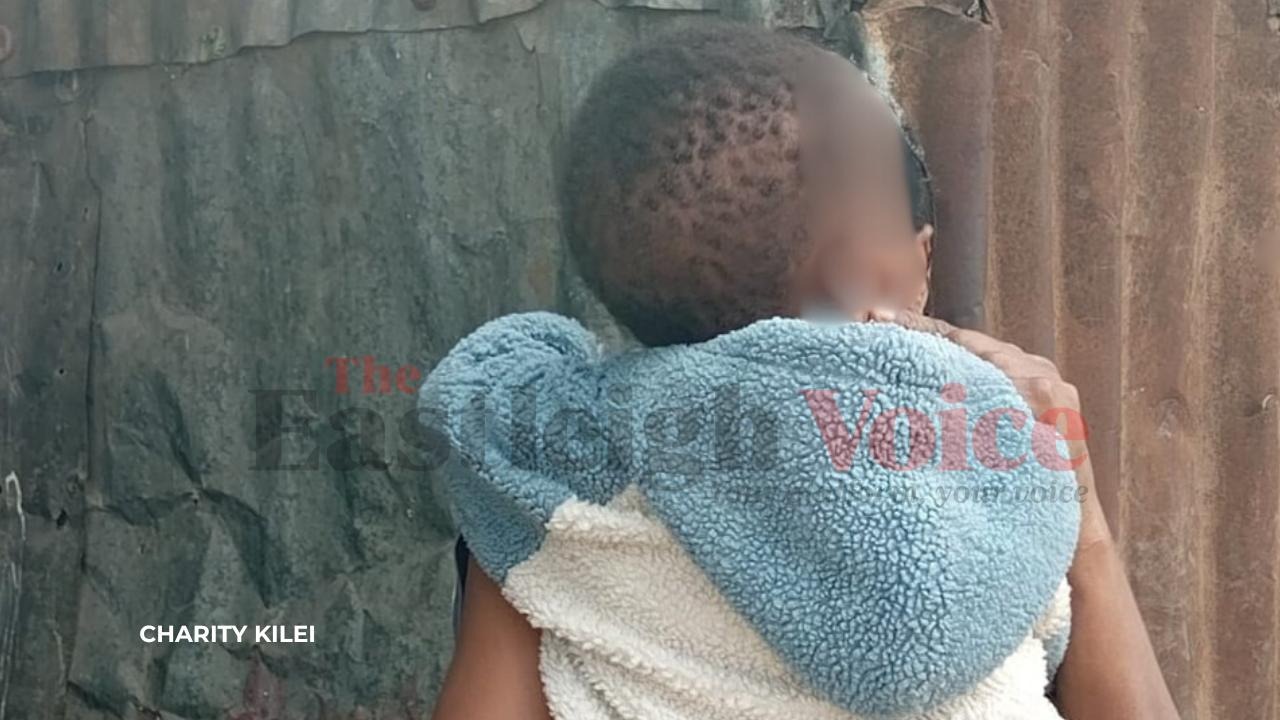
Thousands of Kenyan children under five are dying from preventable pneumonia due to malnutrition, air pollution, and delayed medical care.
Undernutrition, unsafe water, and limited access to healthcare continue to threaten the lives of thousands of children under five in Kenya's informal settlements.
For many families, poverty and lack of awareness turn treatable illnesses into life-threatening conditions. One of the most common—and most misunderstood—diseases is pneumonia.
More To Read
- Kenya unveils advanced bronchoscopy programme at KNH to strengthen respiratory care
- Nairobi’s air pollution fuelling surge in children’s lung disease, experts warn
- Pneumonia still top killer among Kenyan men as cancer rates surge - report
- South Sudan launches lifesaving vaccines to fight pneumonia, diarrhoea in children
- Silent but deadly: Growing burden of respiratory diseases in Kenya
- Overlooked early symptoms and the devastating impact of pneumonia on children
In many communities, pneumonia is often confused with malaria because both share symptoms such as fever, chills, and fatigue. This confusion can delay proper treatment, sometimes leading to severe complications or even death in children.
Fiona Wanja, a mother of two and community health promoter in Nairobi, has seen the impact of this misunderstanding firsthand.
Working in densely populated informal settlements, she witnesses the daily struggles parents face when their children fall sick.
Home remedies
"Many times, mothers try to treat their children at home using simple remedies," she says. "They give them paracetamol, Piriton, or herbs to manage the fever and cough. Only when the situation gets worse do they think of going to a hospital."
Self-medication, Wanja explains, is widespread—driven by both poverty and convenience. In settlements where public clinics are overcrowded and private care is unaffordable, home remedies often become the first line of defence. But this delay can be fatal.
"It's only when we visit homes and see these children that we realise it could be more than just a flu," she adds. "By then, some are already struggling to breathe."
Flu-like symptoms
Persistent flu-like symptoms are often dismissed as minor ailments.
"Many parents think, 'It's just a cold — it will go away.' But pneumonia can start like that. We always encourage them to take their children to a facility, no matter how small the symptoms seem."
In some communities, there is a belief that children should be exposed to dirt or unclean environments to "build immunity." Wanja warns that such beliefs, combined with busy urban lifestyles, put many children at even greater risk.
"In the community, we hear things like, 'Let them play in the mud — it makes them strong,'" she says. "But that same dirt often carries germs that cause serious infections. Without clean water and proper hygiene, children become more vulnerable, not stronger."
Early medical attention
Other Topics To Read
She adds that educating parents and encouraging early medical attention helps families make better choices for their children.
Dr Everlyne Agisa Kegoda, a paediatrician and chest specialist, explains that children under five bear the greatest burden of pneumonia. Among newborns (0–29 days), pneumonia is often grouped with neonatal sepsis due to their similar symptoms.
 Dr Everlyne Agisa Kegoda, a paediatrician and chest specialist. (Photo: Handout)
Dr Everlyne Agisa Kegoda, a paediatrician and chest specialist. (Photo: Handout)
"This age group still carries a high burden," she says. "For children aged one month to five years, pneumonia accounts for around 15 per cent of all deaths among under-fives."
Lung infection
Pneumonia is a lung infection that causes the air sacs to fill with fluid, making breathing difficult and limiting oxygen in the blood. It can be mild or severe and is especially dangerous for young children.
The disease is caused by viruses, bacteria, and fungi. The most common bacterial causes are Streptococcus pneumoniae and Haemophilus influenzae type b (Hib), while the respiratory syncytial virus (RSV) is the leading viral cause. Among children living with HIV, Pneumocystis jirovecii is responsible for about a quarter of pneumonia deaths.
Air pollution and undernutrition
Despite progress, Kegoda notes, pneumonia remains a major threat due to ongoing challenges, including air pollution and undernutrition.
"With the introduction of vaccines, we've seen a reduction in bacterial pneumonia cases," she says, "but now we're witnessing a shift — viral pneumonia is becoming more common."
Respiratory viruses like RSV, influenza, and rhinovirus are increasingly affecting children. "We're seeing peaks of viral pneumonia in children," she adds, "and these viruses often spread easily within communities."
Kegoda identifies immune suppression, overcrowding, and air pollution as the main risk factors that make children more vulnerable.
"Overcrowded homes with poor ventilation allow infections to spread quickly. A simple cough from an adult can easily transmit pneumonia to a child," she says.
Malnutrition and poverty also play a significant role.
"When a child doesn't get enough nutrients, their immune system weakens," she explains. "They lack the strength to fight infections. Poor hygiene and inadequate food also lead to diarrheal and respiratory diseases, creating a dangerous cycle of illness and malnutrition."
Common misconception
A common misconception among parents is that cold weather causes pneumonia.
"That's not true," Kegoda clarifies.
"Cold itself doesn't cause pneumonia, but during colder seasons, viruses spread more easily. Poor ventilation and overcrowding increase the risk, and children with low vitamin D levels or respiratory allergies become more susceptible."
She emphasises the importance of proper ventilation in homes and schools to reduce infection rates.
Clinically, there are clear guidelines for diagnosing pneumonia. "When a child presents with a cough, flu, and fast breathing, we often diagnose pneumonia," she says. "It's better to overdiagnose than to miss a case."
However, she notes that children are often brought to health facilities too late—when the disease has already progressed.
"Some facilities lack the necessary equipment to assess the severity of pneumonia," she says. "At the community level, health workers are trained to suspect pneumonia and refer cases early. When a child is struggling to breathe, that's a medical emergency — they must be referred immediately, especially if the facility lacks oxygen or strong antibiotics."
Misdiagnosis
In malaria-endemic areas, pneumonia can be misdiagnosed because both diseases share similar symptoms such as fever and difficulty breathing.
"That's why it's important to follow diagnostic guidelines carefully," she explains. "In regions with little or no malaria, we've also noticed a shift — pneumonia pathogens are moving from mainly bacterial to mostly viral causes."
Kegoda strongly warns against self-medication. "If a child has a cough, difficulty breathing, fast breathing, vomiting, or becomes unusually tired or unresponsive, they should be taken to a health facility immediately," she stresses. "Parents should not wait for the symptoms to worsen at home."
Preventive care remains critical.
"Strong nutrition and full vaccination coverage are the best protection we can give our children," she says. "Every parent should know that early action saves lives."
World Pneumonia Day
As the world marks World Pneumonia Day, attention turns to one of the leading yet most preventable causes of death among children under five.
Despite progress in healthcare and life-saving vaccines, pneumonia continues to claim thousands of young lives every year, especially in low- and middle-income countries like Kenya.
Children under five
In Kenya, pneumonia remains a leading cause of death among children under five.
According to UNICEF data from 2019, it accounted for 14 per cent of all deaths in this age group, making Kenya the 28th highest contributor to pneumonia deaths in Sub-Saharan Africa.
The Sustainable Development Goals (SDGs) aim to reduce under-five mortality to fewer than 25 deaths per 1,000 live births and neonatal mortality to fewer than 12 per 1,000 live births by 2030. Yet pneumonia remains a major obstacle to achieving these targets.
Tragically, nearly all these deaths are preventable with proper care, adequate nutrition, timely vaccination, and improved living conditions.
Vaccination
Vaccination is one of the most effective ways to protect children. In Kenya, about 89 per cent of children have received the three recommended doses of the pentavalent vaccine, and 91 per cent have received the pneumococcal vaccine.
Despite this, early care-seeking remains low. Only 44 per cent of caregivers seek medical attention within the same or next day when a child develops symptoms of acute respiratory infection. This delay often means children are brought to facilities when illness is severe and harder to treat.
Globally, pneumonia is the leading infectious disease killer of children. Every 43 seconds, a child dies from pneumonia—roughly 84 children every hour, 2,016 every day, and about 735,840 every year, including more than 200,000 newborns.
Pneumonia accounts for 12 per cent of deaths among children aged one to 59 months and 3 per cent of neonatal deaths, making up around 15 per cent of all deaths among children under five worldwide.
Research shows that around half of all childhood pneumonia deaths are linked to air pollution. Indoor air pollution—mainly from cooking with wood, charcoal, or kerosene in poorly ventilated homes—kills more children globally than outdoor air pollution. Prolonged exposure weakens children’s lungs and reduces their ability to fight infections.
On World Pneumonia Day, the message is clear: no child should die from a disease that can be prevented, diagnosed, and treated. With collective action, pneumonia deaths among children can become a tragedy of the past.
Top Stories Today

